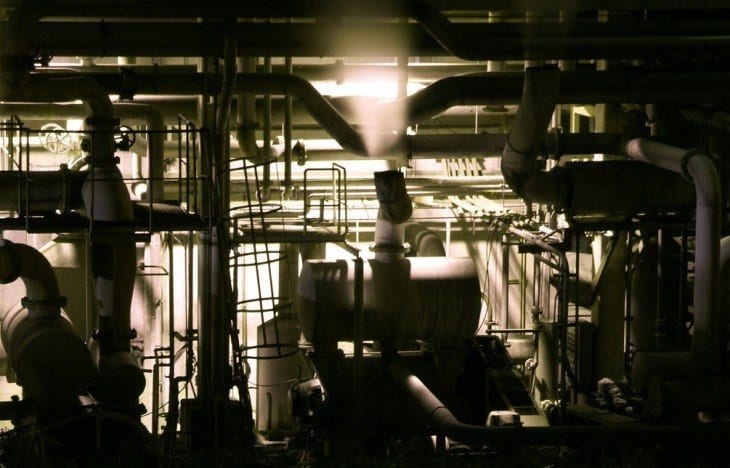The consequences of a power failure in a processing plant or factory are usually irritating but fundamentally benign. A few hours lost while power is restored or the problem isolated to a component which can either be “worked around” or replaced. However this is not always the case and catastrophic problems can follow and should be addressed by way of a critical impact analysis.
It is critical for a customer to expect that a high quality printed circuit board supplier have redundant power supplies and emergency power contingency plans in place to keep manufacturing moving. Below is great article discussing the power needs of major manufacturing factories.
My first experience of a major power failure was in a pasta factory in Great Yarmouth. The factory was new and purpose built and had been designed and built by a well-qualified and experienced team. Pasta is made by mixing semolina and water into a heavy dough and extruding the dough through a giant “sausage” machine before drying and packing. At Great Yarmouth all the equipment was new, shiny and leading edge.
One autumn morning a loud bang was followed by a dark and an uncanny silence. The main power to the factory had failed. The incoming power cables had shorted out and blown up the main distribution panel. Repair would take days if not weeks. The consequences of this failure were swiftly realised (although not part of any contingency plan). Millions of pounds worth of pasta mixing and extrusion equipment were silent, stationary and full of slowly setting dough. Unless the dough could be moved through the extruder in the next 8 hours it would set. Repairs would take weeks.
|
|
A resourceful plant engineer and factory manager immediately looked for a solution and (taking advantage of Great Yarmouth’s fairground tradition) borrowed a couple of fairground generators which, by the afternoon where breathing life into the machinery so that they could be dismantled and cleaned.
Days were lost but the plant was saved and production was started again. And the cause? Perhaps you have worked it out. The power cables were in closed and difficult to inspect trunking. Mice had found their way into the trunking and were enjoying a life separate to the rest of the factory but able to enjoy the semolina dust that was inevitable bounty. I can confirm that rodents have a particular taste for red plastic insulation and, just like the rest of us, conduct electricity.
Valuable lessons were learnt that day. Power failures are inevitable – whether as a consequence of internal breakdowns, or external outages. Extended power outages are not uncommon. Look on line for lists of outages that have been recorded across hundreds of square miles from Thailand to Iceland as power infrastructure failed. A factory wide analysis of the critical impact that an extended power failure can have in a factory is essential. From freezers to paint sprayers from computers to compressors the impact of power failure can be expensive and slow to correct.
Clearly mitigating these problems starts in design and runs through to “we are where we are” but many solutions will require hire of generator or mobile equipment and to involve the suppliers of this equipment at an early contingency planning stage will save time and money when disaster strikes – and it will. They will want to help now and will know what you need and how it can be installed if disaster strikes.
We all may not be working in an “out of season” seaside town.
About the Author
This article was written on behalf of Slaters Electricals and MEC Contractors. Slaters Electricals specialise in the supply and manufacture of high/low voltage switchgear, power, and distribution transformers while MEC Contractors install and maintain these.


